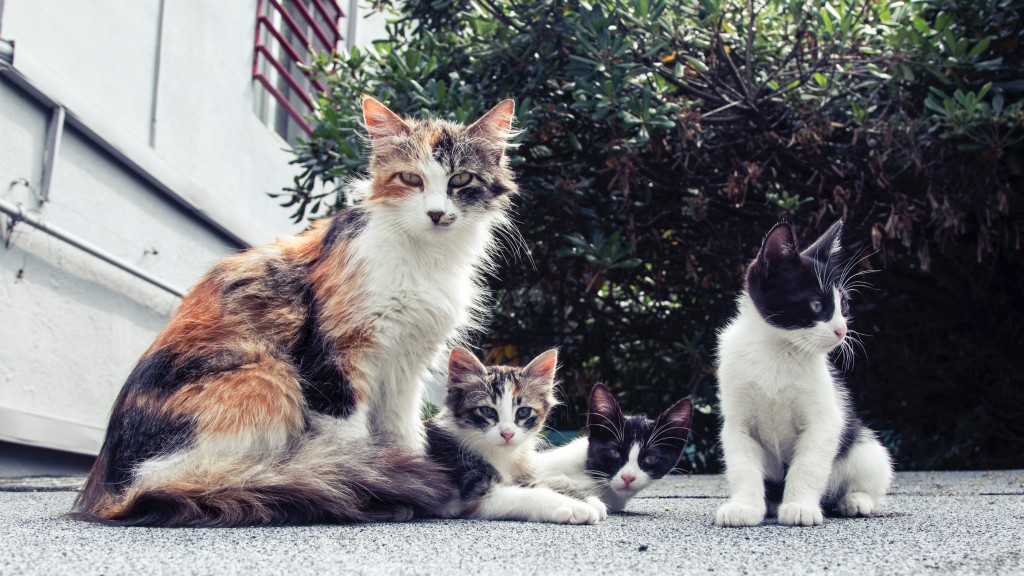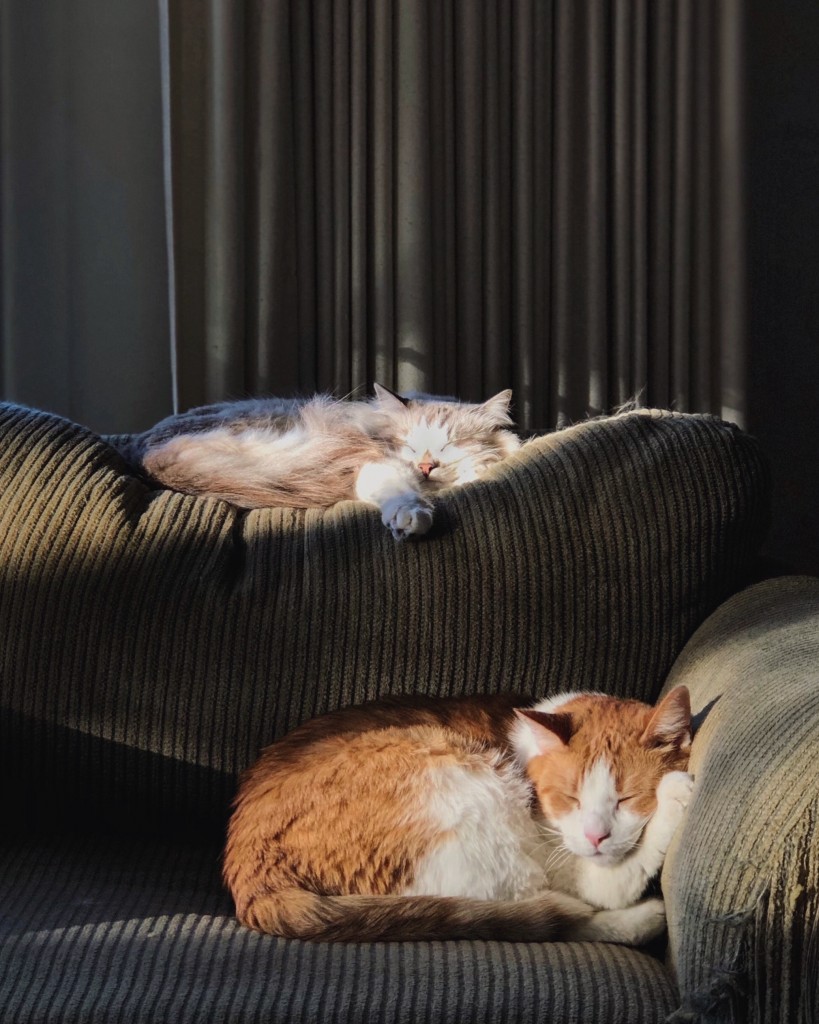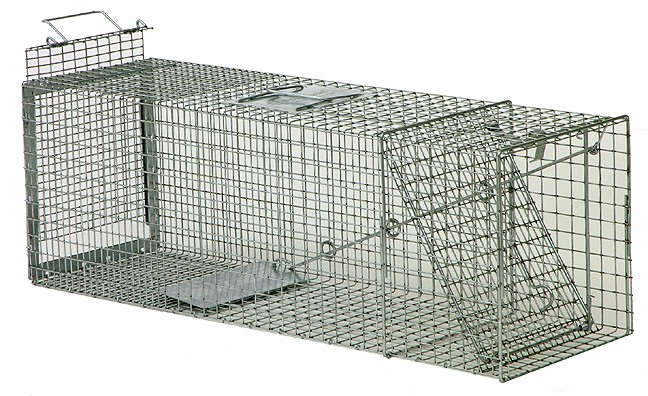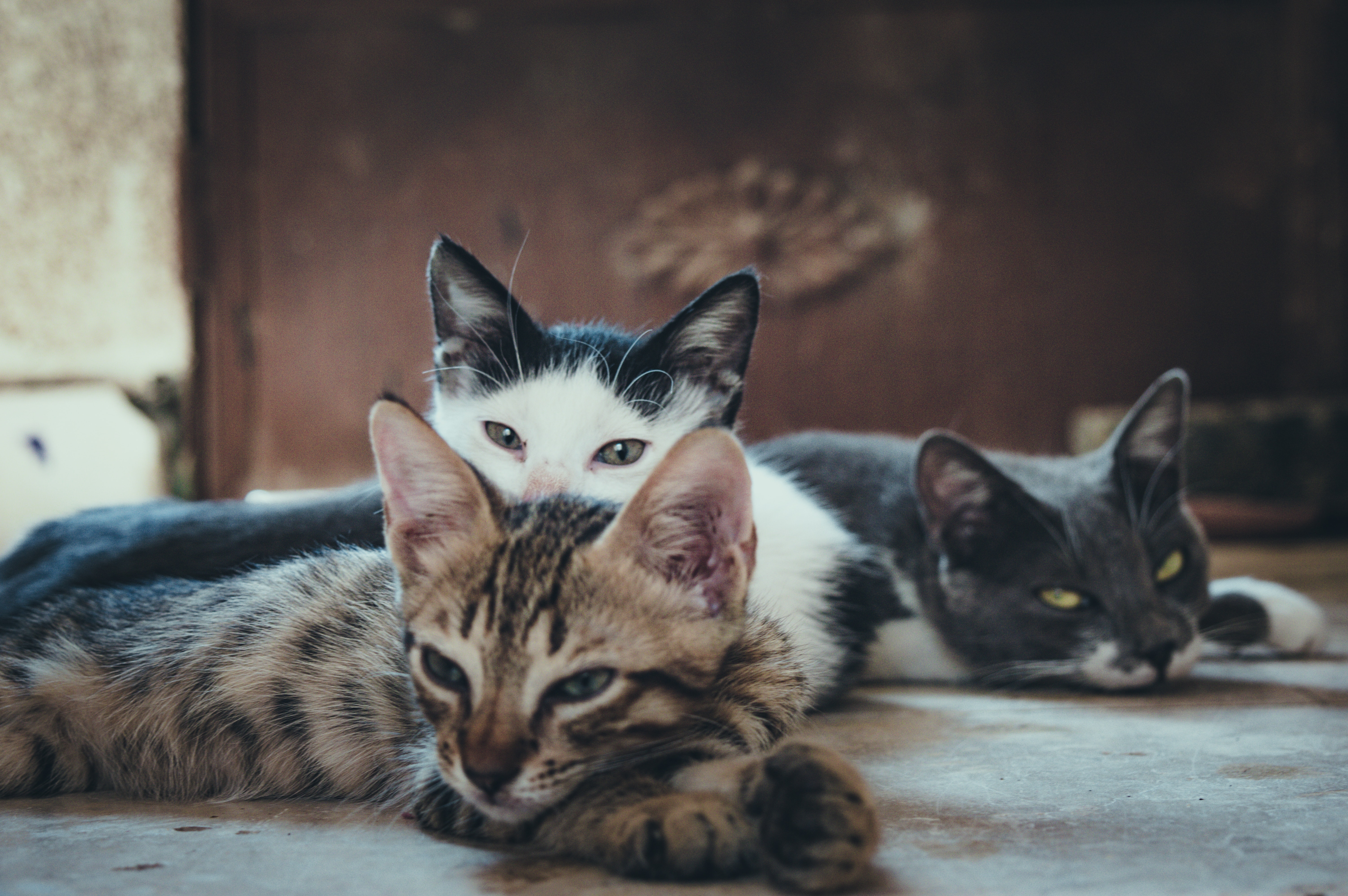It may not feel like it, but spring is just around the corner! For some of us, this means melting snow, sunny days, and mild weather. For animal rescuers, this means one thing: kitten season!
What is kitten season?

From early spring to late fall, there is an explosion in the number of cats giving birth to kittens. This is because, as the weather warms, female cats go into heat and can have multiple litters with multiple kittens. This leads to a large number of unwanted kittens being taken to animal shelters throughout Canada, and can overwhelm rescues that are short on resources and manpower. On top of that, feral kittens that survive into adulthood will continue having kittens and adding to their local feral cat population. With cats giving birth to litters that range from four to six cats, the population can quickly spiral out of control.
What can we do to help?

The easiest thing to start with would be to make sure your cats are spayed and neutered, whether they are indoor or outdoor cats. Spaying or neutering your pets have the obvious benefit of preventing unwanted pregnancies, but it can also calm their behaviour. Spaying females and neutering males can help prevent unwanted fights over territory, and prevent cats from escaping to seek a mate.
Local shelters can always use a hand as well! Whether it be fostering, donating items, or volunteering, every bit counts!
Help! There’s a pregnant feral cat living under my porch! What should I do?
Feral cats are defined as cats that have missed the chance to be socialized with humans at between two to seven weeks of age. Ferals tend to fear humans, and tend not to do well in a household setting. In cases like these, TNR (trap, neuter, return) may be the most humane way to save both the feral cat and her unborn kittens.
What is TNR?
TNR is exactly what it sounds like. Feral cats are trapped in humane traps, and taken to the vet to be neutered or spayed, before being returned to where they were found, where they can live out the rest of their lives without contributing to the overall feral cat population. In Kitchener-Waterloo, the KW Humane society provides trap rentals along with all vaccinations, deworming, spay/neuter, microchipping, and ear-tipping for $35 in total.
There are many videos online that will teach you how to set up these humane traps, such as:
- How to Trap a Feral Cat for TNR by Hannah Shaw, a.k.a “The Kitten Lady”
- How to Set a Humane Trap by the Best Friends Animal Society
- How to Trap Feral Cats by Chris Poole and Jackson Galaxy

Remember to never leave traps unattended! Cats that are trapped should have their traps immediately covered to prevent further stress, and brought inside, away from the elements and any other dangers. This also helps to prevent any other wildlife from getting accidentally caught in your traps!

Would you consider joining in with local TNR efforts? Do you have any experience with feral cats? Let us know in the comments!







Leave A Comment
You must be logged in to post a comment.